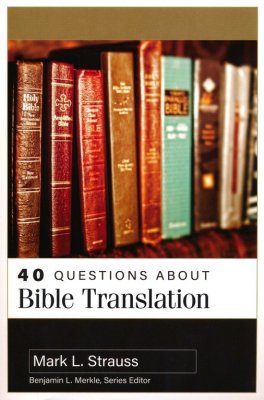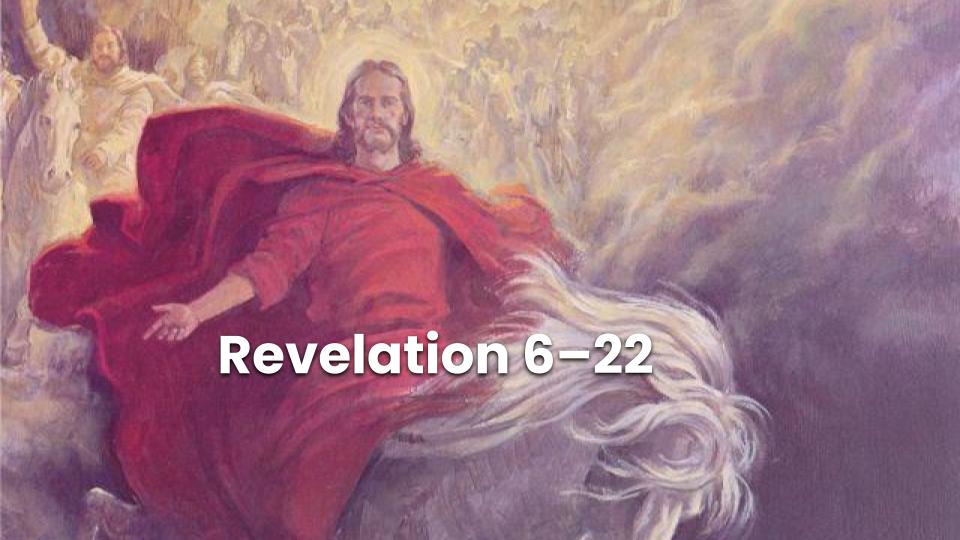Note: This is part of an ongoing series of posts about women in scripture.
Many years ago, somebody about the age of fourteen had an experience with a divine being and it changed the course of the world. Prophets saw this person in vision centuries in advance; God chose this young person for a special mission. Who am I describing? You might be thinking of Joseph Smith (this does describe him), but I’m actually referring to Mary, the mother of Jesus. At approximately age fourteen,[i] she saw the angel Gabriel, which set in motion the birth of Christ. While we often focus on the fourteen-year-old boy who helped bring about the restoration, we should also celebrate the fourteen-year-old girl who helped bring about the redemption by giving birth to the Savior.
 Think about Mary when she was fourteen. She had already been visited by an angel and knew she would give birth to the son of God – what did that feel like? Think about Mary becoming pregnant and then going to visit Elisabeth. When Mary returns, she has a small baby bump. How did she tell her parents? Joseph? Others in the village? What did she feel? Soon she was married and on a journey to Bethlehem. This is incredible, particularly since when I was fourteen I was still struggling to learn my locker combination and other basic life skills! 😆
Think about Mary when she was fourteen. She had already been visited by an angel and knew she would give birth to the son of God – what did that feel like? Think about Mary becoming pregnant and then going to visit Elisabeth. When Mary returns, she has a small baby bump. How did she tell her parents? Joseph? Others in the village? What did she feel? Soon she was married and on a journey to Bethlehem. This is incredible, particularly since when I was fourteen I was still struggling to learn my locker combination and other basic life skills! 😆
One way that I came to better know Mary was by watching New Line Cinema’s movie, The Nativity Story. It has 1,000+ five-star reviews for many reasons, one of which is that it really portrays the humanity of Mary and helps viewers see the world through her eyes. While there are a couple of violent scenes (can be skipped for younger children), these too are valuable in helping viewers understand the world in which Mary grew up. We see her as a child, playing with friends, forced to grow up as her life circumstances change. While several details are not scriptural, they are reasonable, and provide a picture of what things might have been like. In addition, much of the movie is faithful to scripture.
When I first watched The Nativity Story, I was really touched by its portrayal of Mary, the mother of Jesus. The movie itself focuses almost exclusively on Matthew one and two, and Luke one and two—the story of the birth of Jesus Christ. While there certainly are some extra-scriptural scenes, in my view, they’re helpful to give us some context, helping us see a little more about Herod the Great and the historical context in which the Savior’s birth happened. I love that Mary is portrayed as a young woman, which she almost certainly was at the time the angel Gabriel visited her.
While much the of the movie focuses on actual scriptural events, some of my favorite parts connected actually to events not found in the scriptures. Even though they likely didn’t happen exactly how the movie portrayed them, some version of them did happen. For example, in Matthew chapter one, it becomes apparent that Joseph finds out that Mary is pregnant, and he is not happy about it. I don’t know exactly how Joseph found out the news, if there was a conversation that he had with Mary or what, but I was intrigued by the movie’s presentation.
The way the movie portrays it is that Mary goes to visit Elizabeth as stated in Luke chapter one, and when she returns from the visit, she is now visibly pregnant. And so, as Mary returns, Joseph is excited to see the woman he is engaged to, and then watches a little girl pat Mary’s belly and walks away in consternation. Again, I’m not claiming that’s how it actually happened, but it’s interesting to think or reflect, “is that, or something similar, how Joseph found out Mary was pregnant? What were their initial conversations like?” While these questions can’t be answered for sure, the movie helps us understand that Mary and Joseph were real-life people and had real concerns. At the young age that Mary was, was she excited to get married? How did she feel when the angel visited her? To what extent did she fully and deeply understand that she was going to be the mother of the son of God? While this movie does not fully address these questions or give definitive answers, it does provide some helpful perspective for us to think about and consider.
I have more to say about better understanding Mary as a person in Part 2, Part 3, Part 4, and Part 5{coming soon}, but for now, I suggest you check out this trailer and then watch The Nativity Story.
[i] Although ancient age-of-marriage statistics do not exist, Philip King and Lawrence Stager write, “A few anecdotal incidents, and a wealth of later documentation, suggest that women married young, while still in their teens, sometimes early teens” (see Philip King and Lawrence Stager, Life in Biblical Israel, (Westminster John Knox Press, Louisville, 2001), p. 37).






